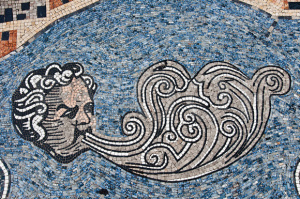Two rulings for mortgage servicers offer points of general interest to start the New Year:
1. This allegation does not satisfy Twombly, with respect to the intent requirement of the Texas fraudulent lien statute: “the transactions by the Defendants jointly and severally were designed to defraud the Plaintiff out of her property.” The Fifth Circuit found that “this allegation is, at most, a legal conclusion that [Defendant Law Firm] acted with the requisite intent; it lacks any ‘factual content’ that would ‘allow[] the court to draw the reasonable inference that the intent element was met.” Trang v. Taylor Bean & Whitaker Mortgage Corp., No. 14-5028 (Jan. 7, 2015, unpublished).
2. Footnote 1 of the Trang opinion reviews the apparent split in authority on whether a lien assignment falls within the scope of that statute.
3. A borrower seeking refinancing of a mortgage loan is not a consumer under the Texas DTPA. “[T]he refinancing that Perkins sought from BOA is “directly analogous to the [auto] refinancing services sought by the claimant in Riverside [National Bank v. Lewis, 603 S.W.2d 169 (Tex. 1980)].” Perkins v. Bank of America, No. 14-20284 (revised March 4, 2015).













